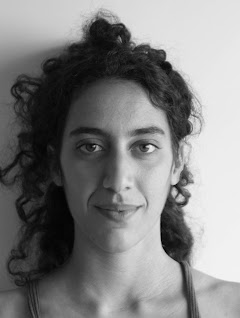Beat
I am interested in the changing nature of spaces from their history to progressive reconstruction, architecture to policies, and their impact on life. I also like looking at territoriality, people in relation to their geography.
One Shot

“This shot is definitely very different from my past work. As someone who controls the geometry and framing of the image a lot, photojournalistic assignments force you to deal with realistic time and space within the frame. It’s truly fascinating how the presence of people in motion adds another layer of vigorous lines to an image.”
Profile
The first photo I ever took was of my mum in Marrakech, when I was 5 using a disposable camera. I don’t think I was allowed to use the camera. My mum was on a work assignment for the weekend and took the family with her. The photo was taken just before she left the hotel for dinner with her colleagues.
I was quite a solitary child, and spent a lot of time browsing the internet and feeding my imagination by looking at conceptual photography blogs or reading about photography techniques on forums. I used to email photographers a lot, asking them questions and for constructive feedback on my pictures. This, along with carefully reading photo technique magazines, was my full-time activity until I got my first professional camera and started my own blog in 2010.
I was amazed by how photography and the use of certain angles, colours and accessories allowed me to visualise ideas. I graduated from school with a major in literature and the art of playing with language in puns and reading between the lines rather than utilising a direct approach is something I’ve always carried with me. Applying this mindset to photography came quite naturally, and now, I enjoy being able to convey a human interest story related to cultural heritage through singular aesthetics, which drives me to experiment further.
Long-term immersive documentary projects layered with the use of an artistic and creative direction excite me the most. I like to discuss a theme or issue with the story’s subjects, and try and figure out the part fantasy can play in the story. To me, fantasy is a weapon against the stereotypical visual representation that has reigned over photojournalistic practices in certain parts of the world.
My main schedule for the next couple of years revolves around covering stories from the Saharan region beyond the political frame. I have met quite a lot of young people with very innovative entrepreneurial skills, unconventional life paths and a lot of schemes shaping the region’s identity, and would like to bring to light stories about the lives and projects of the local populations. As an African photographer, storytelling is almost a duty in a changing visual climate.
